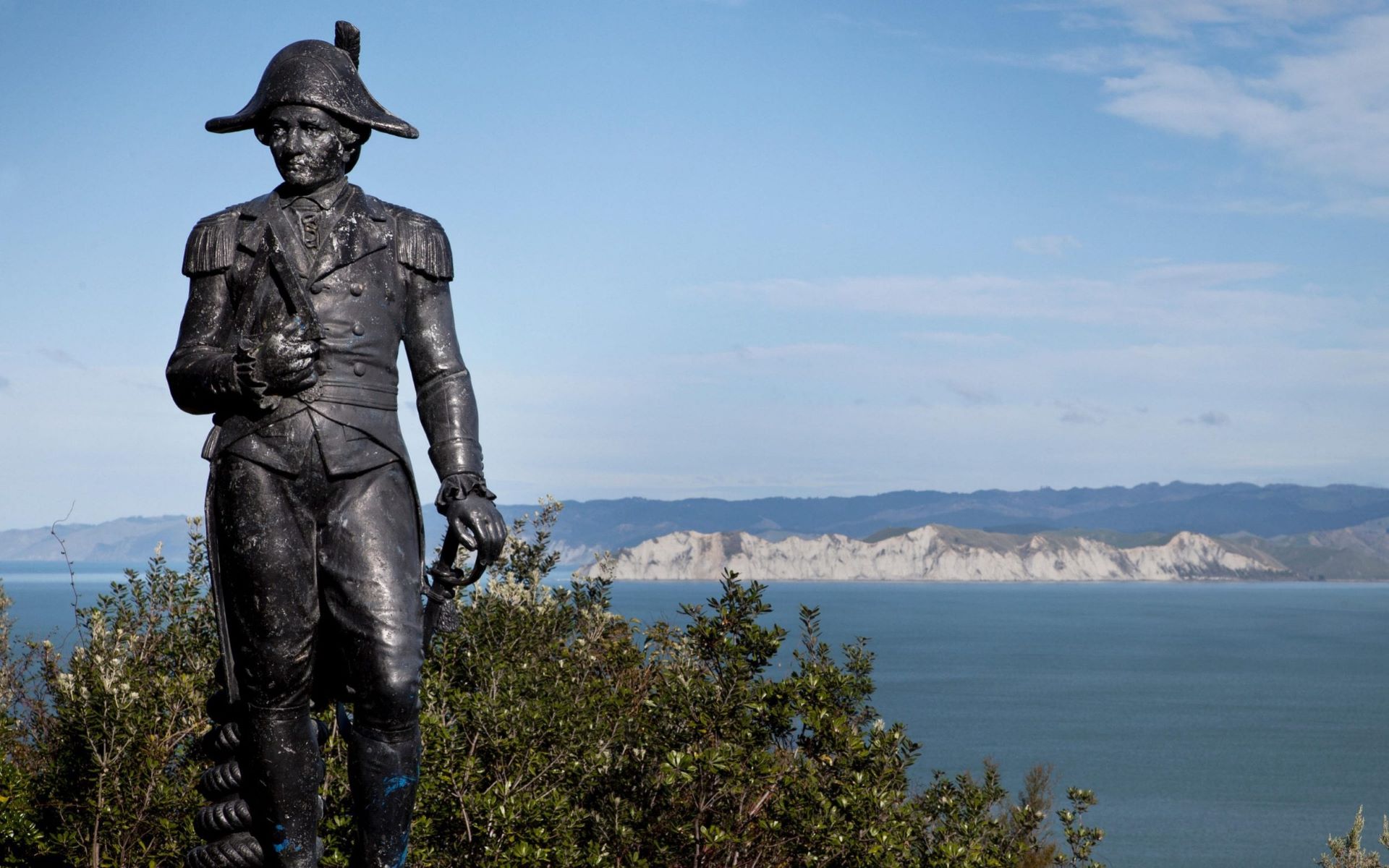
Why is the Captain Cook Statue significant? The Captain Cook Statue stands as a tribute to one of history's most renowned explorers, Captain James Cook. This statue isn't just a piece of art; it's a symbol of exploration, discovery, and the spirit of adventure. Erected in various locations worldwide, these statues commemorate Cook's voyages that mapped uncharted territories and connected distant lands. They serve as a reminder of his contributions to navigation and science. Whether you're a history buff or just curious, learning about the Captain Cook Statue offers a glimpse into the past and the enduring legacy of a man who changed the world.
The Captain Cook Statue: A Historical Icon
The Captain Cook Statue stands as a tribute to the famous British explorer, Captain James Cook. This statue has a rich history and many interesting aspects that make it a fascinating subject. Let's dive into some intriguing facts about this iconic monument.
Origins of the Statue
Understanding the origins of the Captain Cook Statue gives us insight into its significance and the reasons behind its creation.
- The statue was erected in 1879 to commemorate the 100th anniversary of Captain Cook's death.
- Sculptor Thomas Woolner, a prominent figure of the Victorian era, designed the statue.
- It was commissioned by Sir Henry Parkes, a key figure in Australian politics, to honor Cook's contributions to exploration.
- The statue stands in Hyde Park, Sydney, one of the city's most famous landmarks.
- The unveiling ceremony was attended by thousands, reflecting Cook's enduring legacy.
Design and Features
The design and features of the Captain Cook Statue are meticulously crafted, reflecting the artistry of the time.
- The statue is made of bronze, a material chosen for its durability and aesthetic appeal.
- Captain Cook is depicted in his naval uniform, holding a telescope, symbolizing his role as an explorer.
- The pedestal is made of granite, adding to the statue's grandeur.
- An inscription on the pedestal reads, "Captain James Cook, R.N., F.R.S., born 1728, died 1779."
- The statue stands at an impressive height of 9 feet, making it a prominent feature in the park.
Historical Significance
The historical significance of the Captain Cook Statue extends beyond its physical presence, representing a pivotal era in exploration.
- Captain Cook is credited with mapping the Pacific, New Zealand, and Australia's east coast.
- His voyages contributed significantly to the expansion of the British Empire.
- The statue serves as a reminder of the Age of Discovery, a period marked by extensive exploration and scientific advancements.
- It also highlights the impact of European exploration on indigenous populations, sparking discussions about colonial history.
Controversies and Debates
Like many historical monuments, the Captain Cook Statue has been the subject of controversies and debates.
- Some view the statue as a symbol of colonialism and its negative impacts on indigenous communities.
- There have been calls for the statue's removal or relocation to a museum.
- Others argue that it should remain as a historical artifact, prompting education and dialogue about the past.
- The statue has been vandalized several times, reflecting ongoing tensions regarding its presence.
Preservation and Maintenance
Preserving the Captain Cook Statue ensures that future generations can appreciate its historical and cultural value.
- Regular maintenance is carried out to prevent weathering and damage.
- Conservation efforts include cleaning, repairing, and protecting the statue from environmental factors.
- The statue is monitored for signs of wear and tear, ensuring its longevity.
- Public awareness campaigns highlight the importance of preserving historical monuments like the Captain Cook Statue.
Final Glimpse at Captain Cook's Statue
Captain Cook's statue stands as a testament to exploration and history. This monument, located in various parts of the world, symbolizes the adventurous spirit of the 18th-century explorer. Each statue, whether in Australia, New Zealand, or the UK, tells a story of discovery and cultural exchange.
Understanding the significance of these statues helps appreciate the historical context and the impact of Cook's voyages. They remind us of the complexities of history, including the interactions between explorers and indigenous peoples.
Next time you see a Captain Cook statue, take a moment to reflect on the rich history it represents. These statues are more than just stone and metal; they're pieces of a larger narrative that shaped the world we know today. Keep exploring, learning, and appreciating the stories behind such monuments.
Was this page helpful?
Our commitment to delivering trustworthy and engaging content is at the heart of what we do. Each fact on our site is contributed by real users like you, bringing a wealth of diverse insights and information. To ensure the highest standards of accuracy and reliability, our dedicated editors meticulously review each submission. This process guarantees that the facts we share are not only fascinating but also credible. Trust in our commitment to quality and authenticity as you explore and learn with us.


